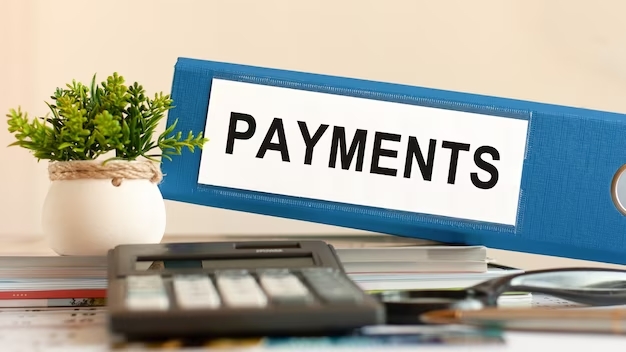Part Payments vs. EMIs – Your Winning Moves

In the dynamic realm of consumer finance, two prominent concepts take centre stage—Part Payment and EMI (Equated Monthly Instalment). These financial tools not only provide flexibility in managing expenses but also facilitate significant purchases. In this exploration, we will delve into the nuances of part payment and EMI, shedding light on their advantages and potential pitfalls.
Part Payment
Part-payment stands as a financial mechanism empowering individuals to alleviate a fraction of their outstanding debt before the predetermined tenure concludes. This proves advantageous for those with surplus funds, aiming to reduce their overall debt burden. For instance, if you’ve taken a loan for a consumer durable or a personal expense, opting for part payment can effectively chip away at the principal amount, subsequently mitigating accrued interest.
The primary allure of part payment lies in its potential to yield interest savings. By diminishing the outstanding principal, borrowers can curtail the interest charged on the remaining amount. It is essential, however, to bear in mind that certain financial institutions may levy a nominal fee for processing part payments. Therefore, borrowers should diligently assess the cost-effectiveness of such transactions.
EMI Payments
Now, let’s delve deeper into the world of EMI payments. EMI, an acronym for Equated Monthly Instalment, presents a structured repayment plan where borrowers disburse their loan amount through manageable monthly installments. Widely employed for high-value purchases such as homes, cars, and electronics, EMI renders these acquisitions more attainable for a diverse spectrum of consumers.
The attractiveness of EMI payment lies in its ability to alleviate financial strain by distributing the cost across an extended period. This is particularly appealing to those lacking the means for a lump sum payment. The fixed monthly instalments not only provide predictability but also enable individuals to budget effectively.
EMI’s flexibility extends to the repayment tenure, adaptable to the borrower’s preferences and financial capacity. While elongated tenures might reduce the monthly burden, they often culminate in augmented interest outflows over time. Conversely, shorter tenures may elevate monthly payments but concurrently decrease interest costs over time.
Key Considerations
In navigating the landscape of part payment and EMI, consumers must meticulously consider several pivotal factors to make judicious financial decisions.
- Interest Rates: Scrutinize the interest rates associated with both part payments and EMIs. Occasionally, part payments may not yield substantial interest savings if the prevailing interest rates remain elevated.
- Loan Tenure: Evaluate the impact of loan tenure on overall interest payments. While extended tenures offer temporary relief, they often culminate in augmented interest outflows over time.
- Prepayment Charges: Examine the terms concerning prepayment charges for both part payments and complete loan closure. A comprehensive understanding of these charges is indispensable to avert unforeseen costs.
- Financial Health: Reflect on your current financial health before opting for part payments or EMI plans. Ensure that these decisions align with your broader financial objectives and obligations.
Read Here More: The Art of Loan Repayment through Part Payments
Conclusion
Part-payment and EMI payment furnish consumers with financial flexibility, empowering them to manage expenses and execute significant purchases. However, the crux lies in comprehending the associated terms and conditions. Whether it involves minimizing interest through part payments or orchestrating cash flow with EMIs, consumers must meticulously weigh the benefits against potential costs. This thoughtful approach enables individuals to traverse the intricacies of consumer finance, making informed decisions that harmonize with their financial well-being.









